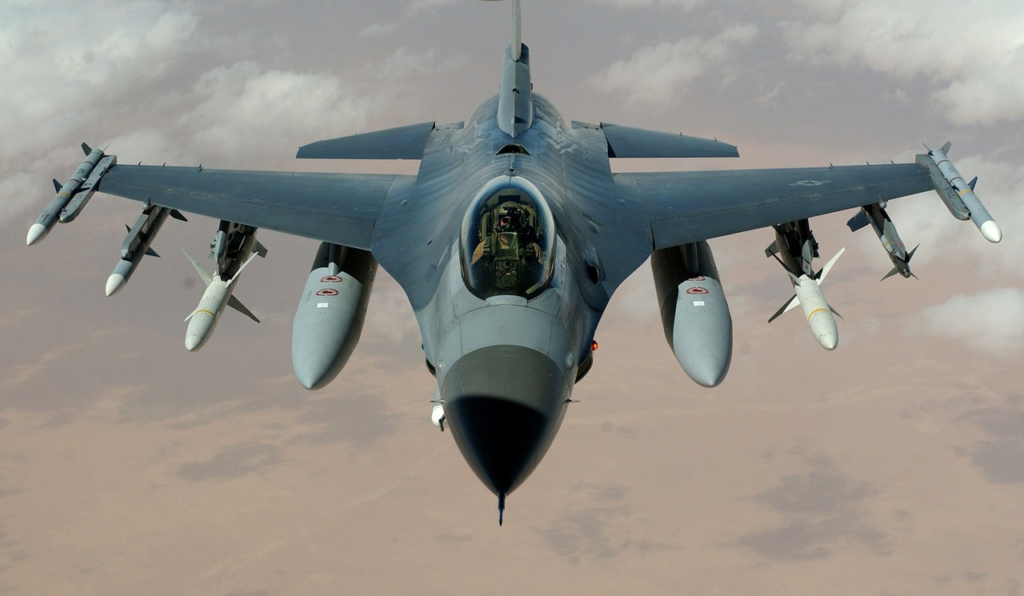In today’s world, having a strong military isn’t just about the size of an army—air power is just as important. Speed, quick response, and the ability to control the skies have become key parts of a country’s defence. That’s why many countries are growing and upgrading their air forces to deal with modern-day threats.
Now, in 2025, we have a clear list of which countries have the largest air forces in the world. These rankings are based on data compiled through 2024 and released in 2025 by World Population Review. The list ranks countries by the total number of military aircraft in service, giving us a snapshot of global air power.
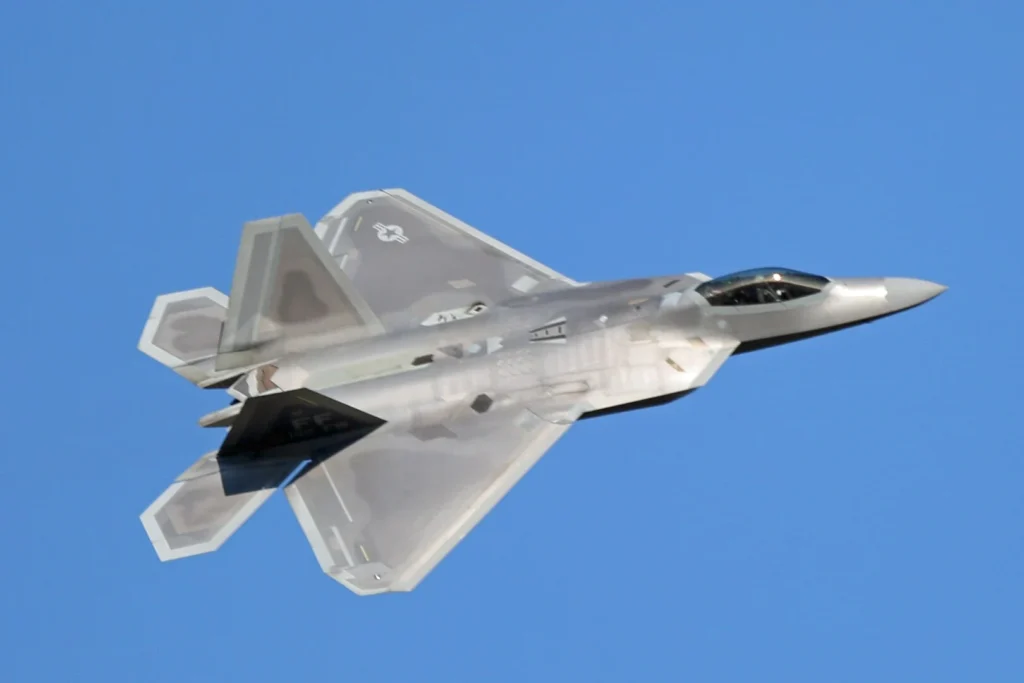
Largest Air Forces in the World
Here’s a look at the top 10 countries with the biggest air forces in 2025, and where India and Pakistan stand among them.
1. United States – Total Aircraft: 14,486
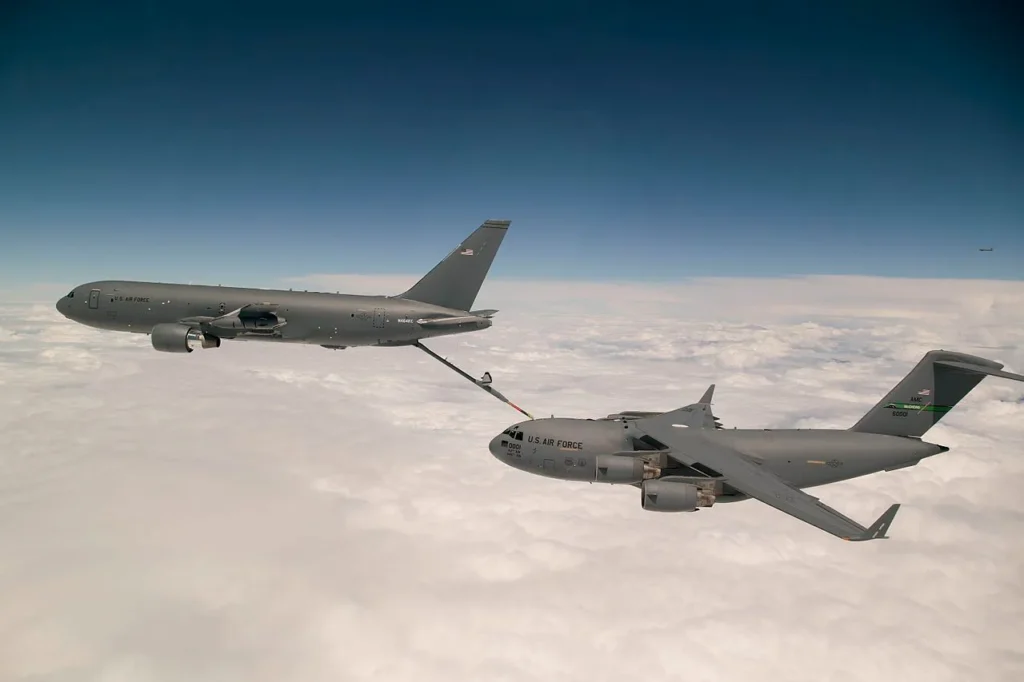
The United States continues to lead the world when it comes to air power, and frankly, it’s not even close. With more than 14,000 aircraft, America has not just the largest fleet but also some of the most advanced technology in the skies.
From cutting-edge fighter jets like the F-35 Lightning II and F-22 Raptor to massive bombers such as the B-2 Spirit and B-52 Stratofortress, the U.S. covers every area of air warfare.
The US Air Force includes aircraft from multiple branches—the Air Force, Navy, Marines, and Army—creating a comprehensive aerial defence network.
Its ability to respond quickly and operate across the globe makes its air force unmatched in strength and reach, with strategic bases positioned worldwide to project power wherever needed.
2. Russia – Total Aircraft: 4,292
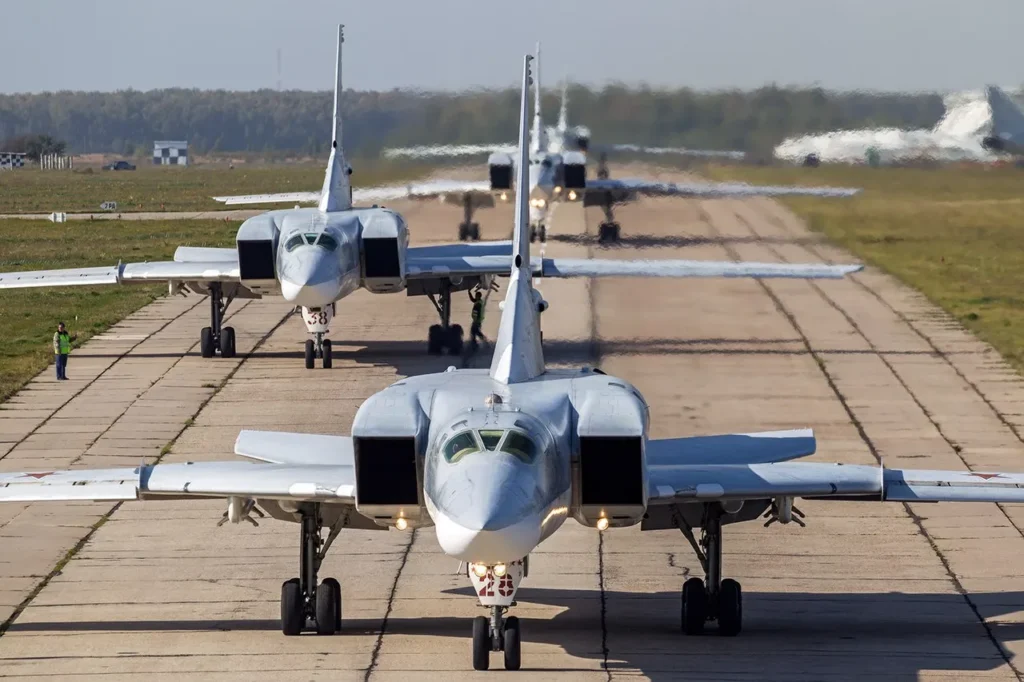
Russia remains one of the world’s top air powers with over 4,000 military aircraft. Its fleet includes a combination of powerful bombers like the Tu-160 “White Swan” and advanced fighter jets such as the Su-35 and the newer Su-57.
The Russian air force has a long history of producing robust, reliable aircraft designed to operate in harsh conditions. The country continues to upgrade and maintain its air strength to support its military operations both within its borders and overseas.
Russia’s aerospace industry remains a significant global player, with many countries still operating Russian-made aircraft and seeking Russian military aviation technology.
3. China – Total Aircraft: 3,304
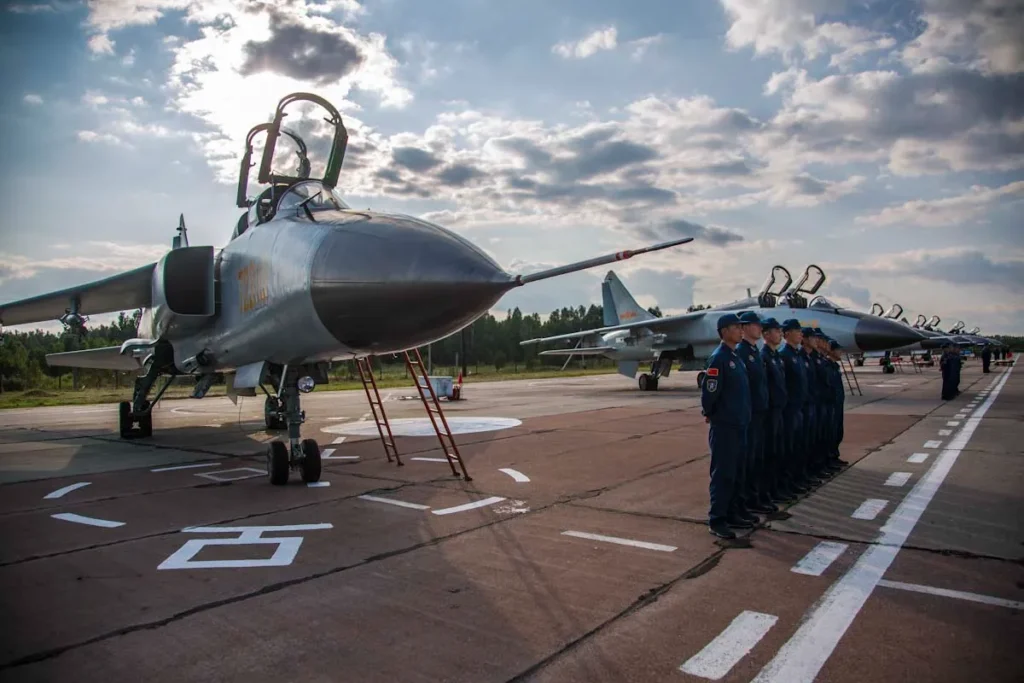
China’s air force has grown quickly and gone through major changes in recent years. The People’s Liberation Army Air Force now boasts a large number of advanced fighter jets, including the domestically produced J-20 stealth fighter and J-16 multirole aircraft.
This expansion is part of China’s broader military modernisation efforts and its strategy to strengthen regional influence.
China has invested heavily in developing indigenous aircraft manufacturing capabilities, reducing reliance on foreign technology while building a formidable aerial defence system.
4. India – Total Aircraft: 2,296
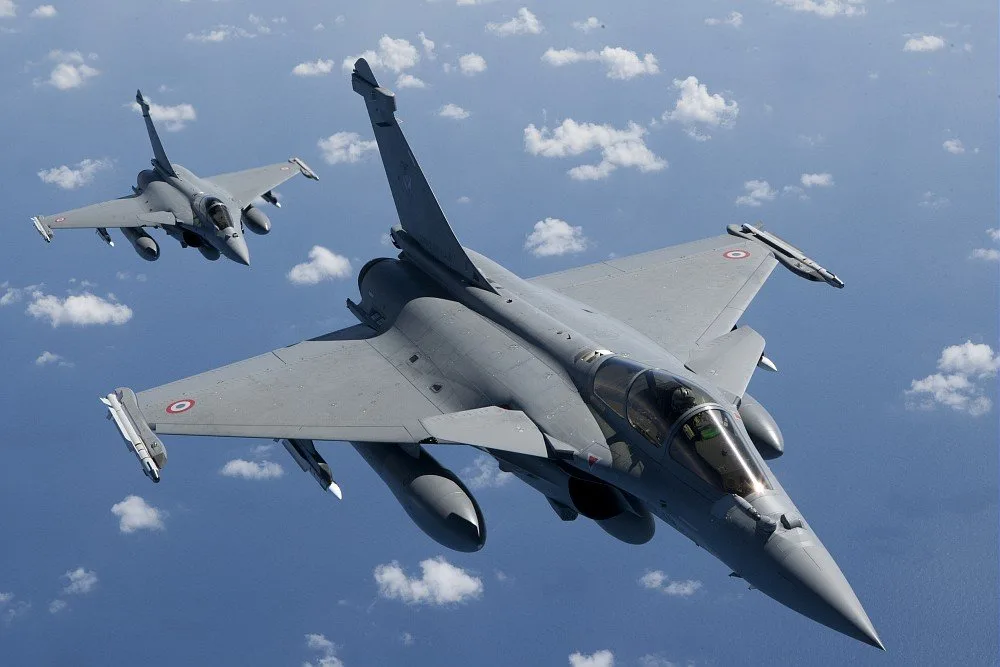
India has the fourth-largest military aircraft fleet in the world, with over 2,200 aircraft—a position that might surprise many observers given the country’s relatively recent emergence as a major military power.
The Indian Air Force, along with aircraft from the Army and Navy, is steadily upgrading and adding new equipment. This growing strength shows India’s focus on defending its extensive borders and fulfilling its regional security responsibilities.
India operates a diverse mix of aircraft, including Russian-origin Su-30MKI fighters, French Rafale jets, and domestically developed Tejas aircraft.
The country has been actively pursuing indigenous defence manufacturing through initiatives like “Make in India,” aiming to reduce dependence on foreign suppliers while building local aerospace capabilities.
5. Japan – Total Aircraft: 1,459
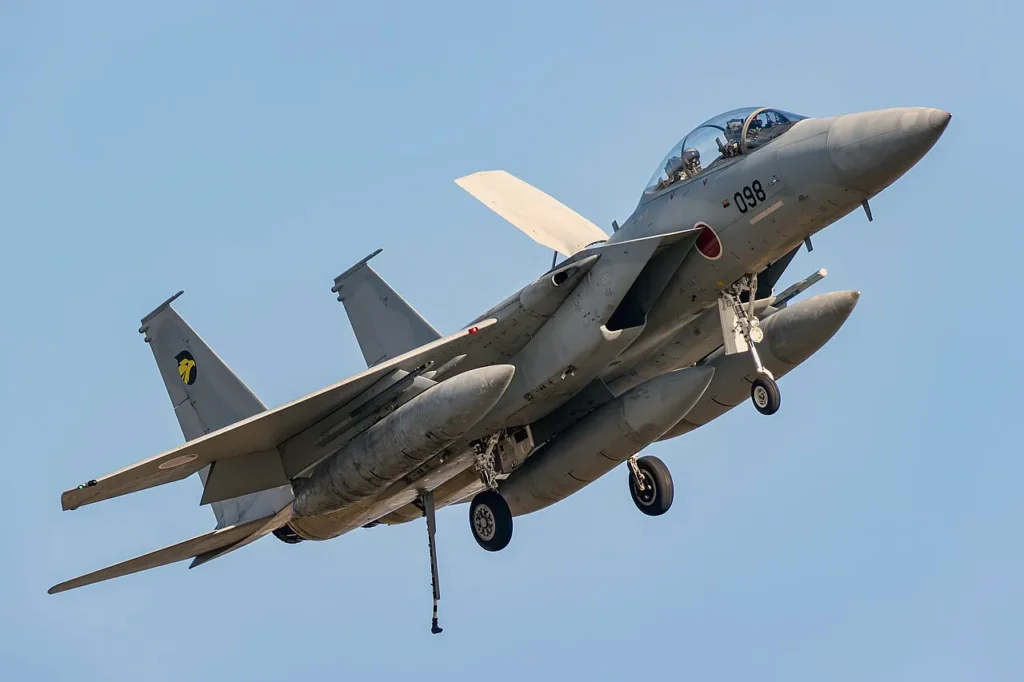
Japan has built a strong and well-equipped air force, with modern fighter jets and sophisticated surveillance aircraft. The Japan Air Self-Defence Force operates advanced F-35 Lightning II aircraft alongside upgraded F-15J fighters.
Its air power plays a key role in national defence and regional security, particularly given Japan’s strategic location and ongoing regional tensions.
Japan’s air force also supports its strategic partnerships with global allies, especially the United States, through joint training exercises and technology sharing programs. The country continues to invest in next-generation aircraft and missile defence systems.
6. Pakistan – Total Aircraft: 1,434
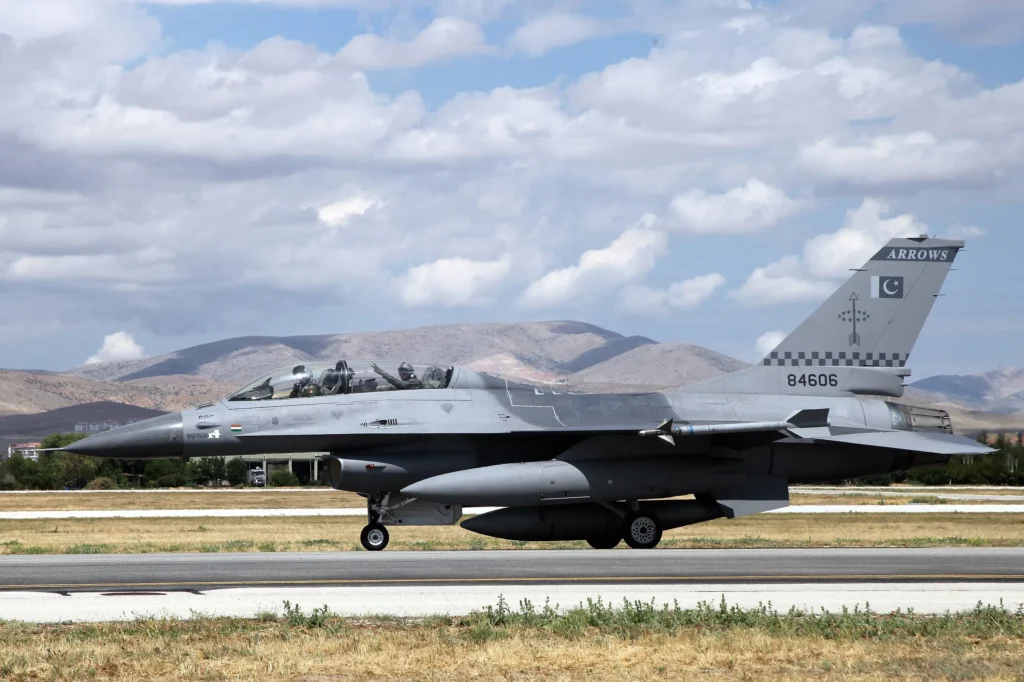
Pakistan has developed one of the largest air forces in South Asia. The Pakistan Air Force fleet includes a mix of American F-16s, Chinese JF-17 Thunder aircraft, and French Mirage fighters.
Its fleet is built to handle both defence and deterrence, remaining a key component of the country’s military strength.
Pakistan continues to invest in its air power to keep pace with regional developments, particularly through partnerships with China for aircraft development and procurement.
7. South Korea – Total Aircraft: 1,171
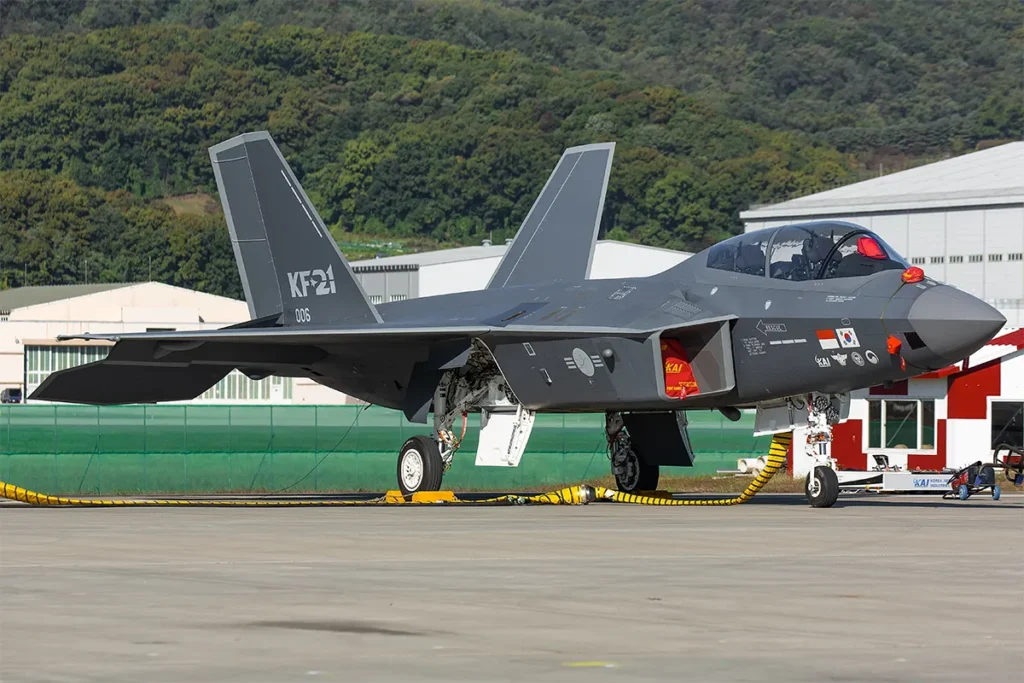
South Korea has built a formidable air force to address its unique regional security challenges. With over 1,100 aircraft, the Republic of Korea Air Force focuses on maintaining high operational readiness, improving precision capabilities, and upgrading technology.
This emphasis is particularly important given ongoing tensions on the Korean Peninsula. South Korea operates a modern fleet including F-35A Lightning II aircraft, KF-16 fighters, and indigenous KAI T-50 trainers.
The country has also invested significantly in developing its fighter aircraft program, the KF-21 Boramae, demonstrating its commitment to technological independence.
8. Egypt – Total Aircraft: 1,093
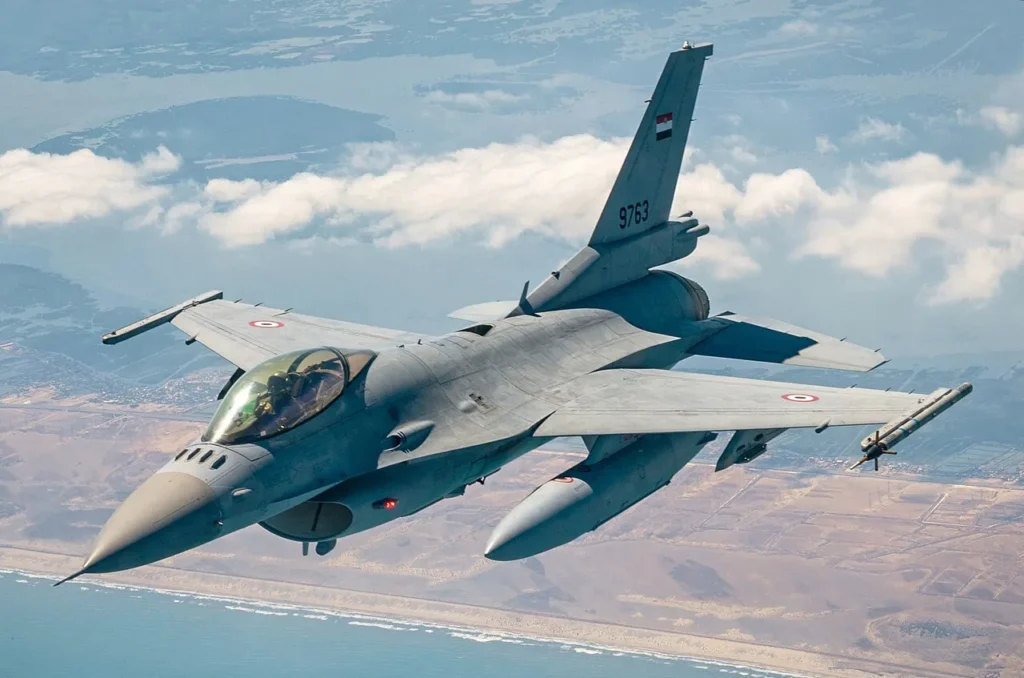
Egypt maintains a large and varied military air fleet, with over 1,000 aircraft serving multiple strategic purposes. The Egyptian Air Force operates a diverse mix of American F-16s, French Rafale fighters, and Russian aircraft.
Its air force is designed to handle different types of missions—from air defence and combat operations to supporting peacekeeping efforts in the region.
Egypt’s strategic location at the crossroads of Africa, Asia, and the Middle East makes its air power particularly significant for regional stability and security operations.
9. Turkey – Total Aircraft: 1,069
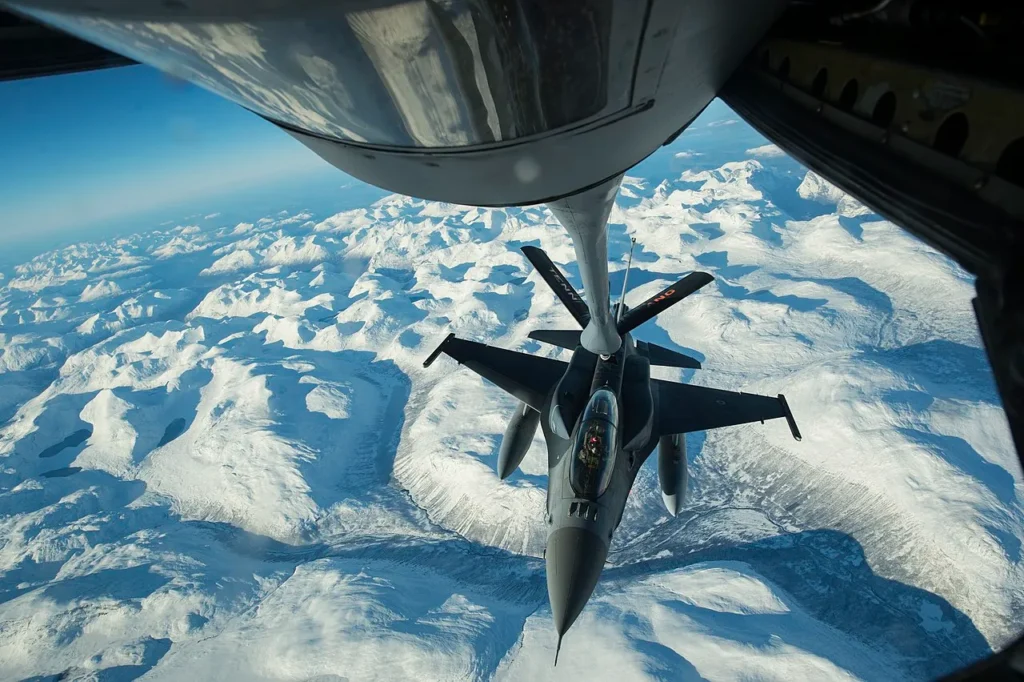
Turkey has developed a modern and flexible air force that serves both national and NATO alliance interests. Its fleet supports national defence as well as NATO missions, featuring a mix of piloted aircraft and increasingly sophisticated drone technology.
Turkey has emerged as a significant player in unmanned aerial systems, with its Bayraktar drones gaining international recognition.
The country’s aerospace industry has grown substantially, focusing on both domestic needs and export opportunities while maintaining interoperability with NATO standards.
10. France – Total Aircraft: 972
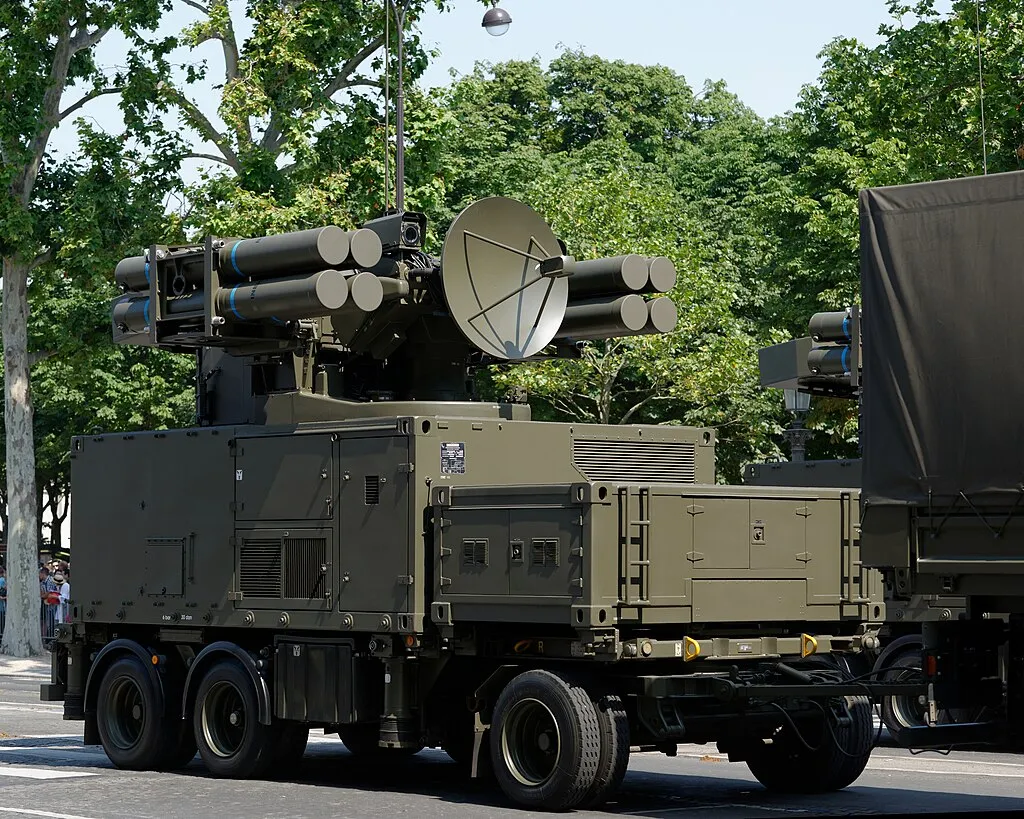
France rounds out the top 10 with a strong and versatile air force that punches above its weight in global influence. The French Air and Space Force operates advanced Rafale multirole fighters, along with transport and reconnaissance aircraft designed for rapid deployment.
French aircraft are used for national defence as well as missions across Europe, Africa, and the Middle East.
France’s air force plays a crucial role in NATO operations and serves as a key component of European defence initiatives, while also supporting France’s overseas territories and former colonies through various security partnerships.
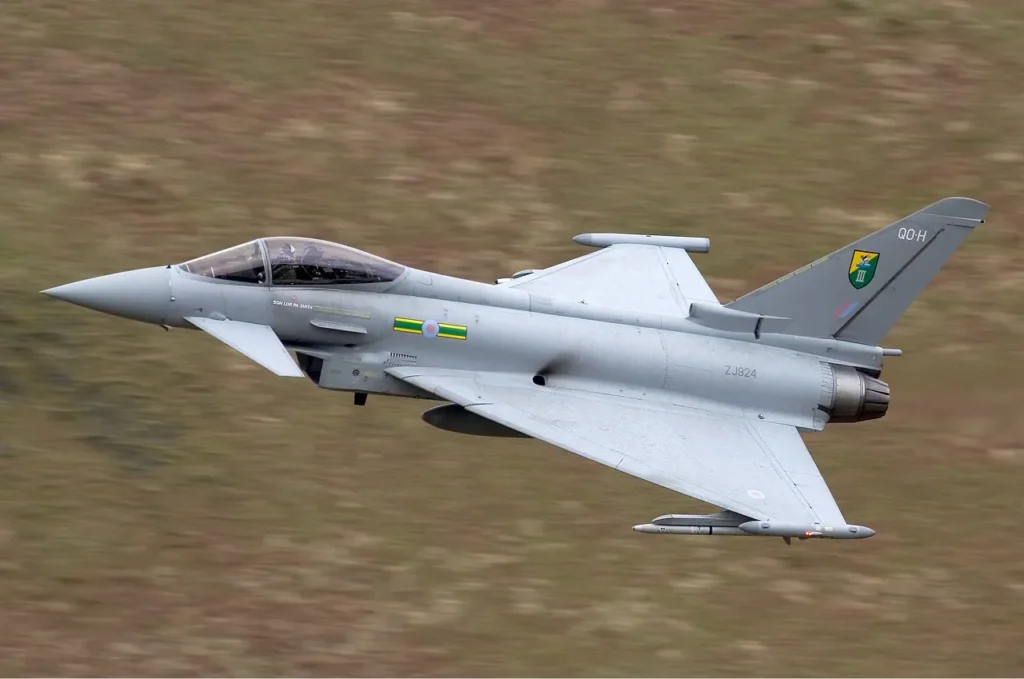
Bottom Line
So there you have it—the aerial pecking order of 2025, where countries measure their strength not just in square miles or population, but in how many flying machines they can put in the sky.
India’s fourth-place ranking represents a remarkable achievement that highlights the country’s growing strategic importance and military capabilities.
The country’s aerospace sector has made significant strides with projects like the Tejas Light Combat Aircraft, developed by Hindustan Aeronautics Limited.
While some nations are content to keep their feet firmly planted on the ground, these 10 countries have decided that the sky’s the limit, literally.
And honestly, in a world where the biggest problems seem to come flying at us from all directions, maybe having a few thousand aircraft on standby isn’t such a bad insurance policy after all!
Stay tuned with us. Further, follow us on social media for the latest updates.
Join us on Telegram Group for the Latest Aviation Updates. Subsequently, follow us on Google News

